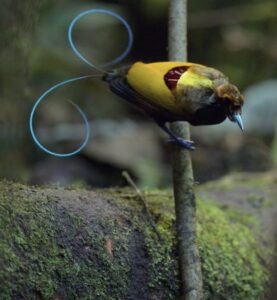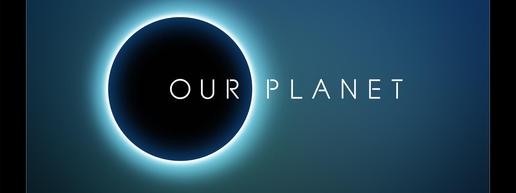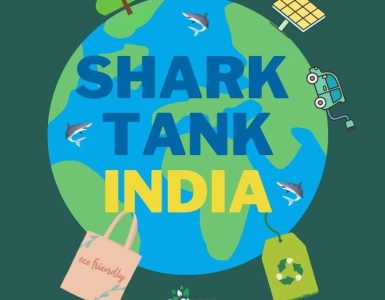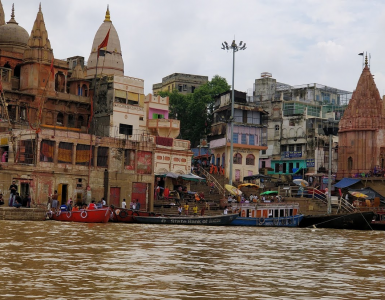- Documentary Name: Our Planet
- Director: Alastair Fothergill, Keith Scholey
- Run Time: 6h 38m
- Year of Release: 2019
- Our Rating: ⭐⭐⭐⭐⭐ 5 stars
Our Planet is one of the highly acclaimed environmental documentaries on Netflix. The documentary is divided into eight episodes, each covering different aspects of our nature – One Planet, Frozen Worlds, Jungles, Coastal Seas, From Deserts to Grasslands, High Seas, Fresh Water, and Forests.
Narrated by celebrated film presenter David Attenborough, the series shows breathtaking visuals of wildlife and their natural habitats. The documentary stands out in terms of showing lesser-known animals and their quirks and behaviors. Different shades of animal manners are shown, including predators attacking their prey, mothers nursing their children, or males impressing females. Visualizing the landscape and the animals, along with some deft camera work and sound mixing, mesmerizes watching Our Planet documentary.
Each episode of Our Planet presents interesting stories of biodiversity and the intricacies of nature. Each episode also touches upon environmental degradation and climate change’s impact on animals and their vulnerabilities. While some animals have adapted to the evolving times, some are not so lucky.
While each story is unique and different, we have mentioned a few of them which were intriguing.
In the first episode, One Planet, there is a fascinating account of how an Orchid flower does its pollination. The Orchid attracts a male orchid bee searching for a mate for perfume and drips oily liquid. Instead of typical bee pollination, in this case, the male orchid bee, in its effort to gather the fragrance, falls into the oily liquid; the only way out for the bee is now through a small passage, which is when the flower attaches its pollinium onto the bee’s back. The episode also features fantastic dance routines displayed by different Manakin species (birds) to impress their partners.
In the second episode, Frozen Worlds, the documentary films the world’s largest gathering of Walruses, with more than a hundred thousand of them lying on a beach in Russia. They gather in large numbers because much of the sea ice has melted, and this is the closest place they can find a place to breed and rest. The area gets so cramped that some walruses climb on top of high cliffs to avoid crowds, only to fall and get killed tragically.

If Manakin’s dance moves fail to impress the viewers, the fourth episode, Jungles, showcases unique shapes of birds of paradise from the Jungles in New Guinea. The formations, vibrant colors, tails, and peculiar dancing styles make the birds of this jungle extremely special. One of these birds, Western Parotia, first prepares the stage by clearing all the dead leaves, grass, and other twigs. Once the stage is set, the female will come and sit on one of the branches, and then the dance moves performed by the male can put even the best dancers to shame.
The tall grasses that even hide the Elephants and camouflage the Tigers from their prey are mentioned in the fifth episode, From Deserts to Grasslands. Despite the enormous pressure of poaching and the growing population in India, the tiger population has increased.
The final episode, Forests, ends with scenes from the nuclear disaster site Chornobyl, where trees, foliage, plants, and even animals have started occupying locations considered unfit for people. This symbolically indicates that nature can find a course, provided humans don’t eradicate it.
The entire documentary was filmed in 50 countries all over the world, covering all the continents.
Our Planet is a collaboration between media behemoth Netflix, Silverback Films, known for wildlife movies, and conservation organization WWF. A behind-the-scenes documentary, which was later released, revealed that Our Planet took four years to make, was filmed in 50 countries and involved over 600 crew members.
Our Planet documentary won two Emmy awards for Outstanding Documentary Series and Outstanding Narrator in 2019.
Each episode of OurPlanet varies between 48 to 53 minutes, and it is available on Netflix and YouTube.






Add comment